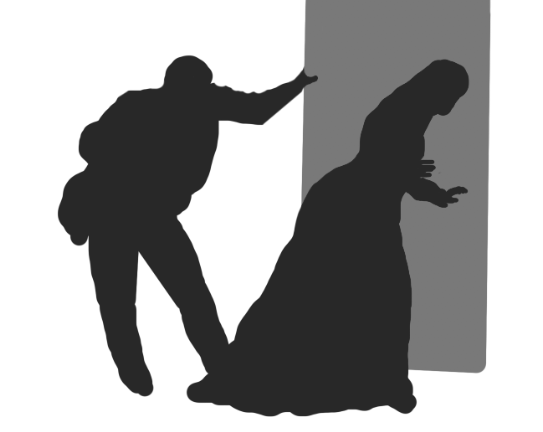Contemporary Reviews, Adaptations, and Imitations
October 14 & November 17, 1871 – The Illustrated London News
October 14: “Olympic”
Mr. Wilkie Collins has altered and adapted his novel, “The Woman in White,” for the stage, and a drama so entitled was produced, on Monday, at the Olympic with perfect success. The story is too well known to require analysis or description, and Mr. Vining’s qualifications for such a part as Count Fosco are too generally appreciated for commendation to be needed. The author, in fitting his own novel for the boards, has shown the manner in which all such novels should be dramatised. He has omitted and added scenes, given dramatic development to incidents, and rewritten dialogue to such an extent as to make the new drama an original work. In retaining the dates of incidents and the frequent alterations of time, he has made abundant use of folding curtains, reducing to scenes what might have been acts; but we see not how this expedient could have been avoided. Miss Ada Dyas, as the double heroine, was effective; and Mrs. Charles Viner, as Marian Halcombe, extremely good. Mr. F. Robson, as Professor Pesca, played a characteristic part with much skill. The scenery is excellent.

November 17: Scene from “The Woman in White.”
Critical opinion has differed much concerning the merits of Mr. Vining’s impersonation of Count Fosco. We have already rendered our testimony as to his fitness for the character, and he has been fortunate to obtain the author’s verdict in his favour. The latter is not a little thing; for our theatrical experience goes to prove that in general the author is the last person to be satisfied. We recollect an irritable poet sulking with an eminent actress for six months because she had not performed the part according to his direction, but had taken a view of her own. Our Illustration gives a capital idea of Mr. Vining’s general manner in the character. He is showing the utmost respect apparently for Anne Catherick, at the same time he is feigning to give her protection, to suit his own purpose. Miss Ada Dyas performs both this part and that of Laura Fairlie; the skill with which she distinguishes each and yet retains the likeness is deserving of special recognition.
Works Cited
“Olympic.” Illustrated London News, London, England, Issue 1674, 14 October 1871. The Illustrated London News Historical Archive. [Paywalled]
“Scene from ‘The Woman in White.'” Illustrated London News, London, England, Issue 1679, 18 November 1871; p. 469. The Illustrated London News Historical Archive. [Paywalled]

